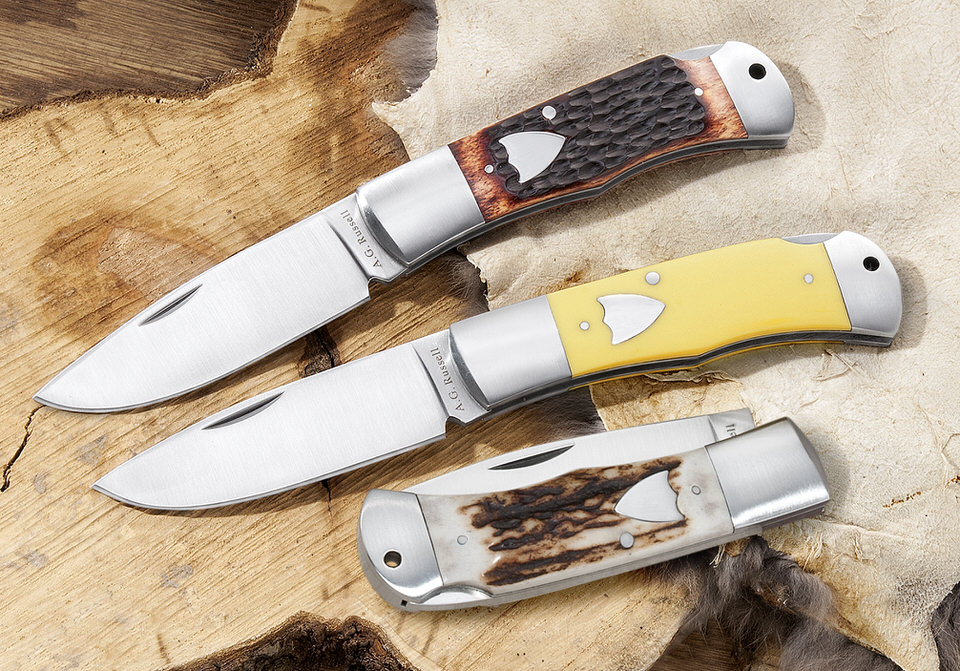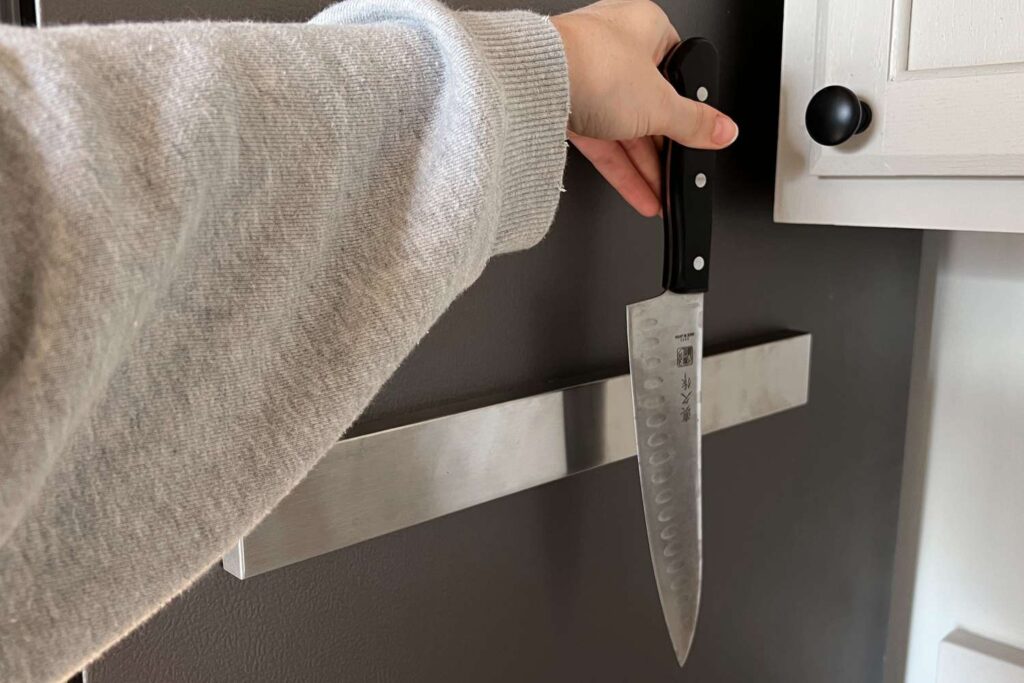Kitchen knives have come a long way from their humble beginnings as simple cutting tools. Over the years, advancements in technology, materials, and design have led to a wide range of innovative and exciting knife designs. In this guide, we’ll explore the evolution of kitchen knife designs, from traditional classics to modern marvels, and discuss the trends and innovations that have shaped the way we chop, slice, and dice in the kitchen.
Traditional Knife Designs

Traditional knife designs, such as the chef’s knife, paring knife, and bread knife, have been staples in kitchens around the world for centuries. These classic designs are known for their versatility, durability, and timeless appeal. While the basic shapes and functions of these knives have remained largely unchanged over the years, advancements in materials and craftsmanship have led to improvements in performance and durability.
Modern Innovations

In recent years, we’ve seen an explosion of innovation in kitchen knife design. From new materials and construction techniques to ergonomic handle designs and specialized blade shapes, modern kitchen knives are more versatile, durable, and efficient than ever before. Some of the most notable innovations in kitchen knife design include:
- High-Tech Materials: Advances in metallurgy have led to the development of new, high-tech materials for knife blades, such as Damascus steel, ceramic, and high-carbon stainless steel. These materials offer superior sharpness, edge retention, and corrosion resistance compared to traditional steel blades.
- Ergonomic Handles: Many modern kitchen knives feature ergonomic handle designs that are specifically engineered to provide a comfortable and secure grip. These handles are often made from materials like wood, plastic, or composite materials and are designed to reduce hand fatigue and improve cutting performance.
- Specialized Blade Shapes: In addition to traditional knife shapes like chef’s knives and paring knives, we’ve seen an increase in specialized blade shapes designed for specific cutting tasks. From Santoku knives for slicing and dicing to Nakiri knives for chopping vegetables, these specialized blades make it easier than ever to tackle any cutting task in the kitchen.
Trends in Kitchen Knife Design
In addition to innovations in materials and construction techniques, we’ve also seen several trends emerge in kitchen knife design in recent years. Some of the most notable trends include:
- Minimalist Designs: Many modern kitchen knives feature sleek, minimalist designs with clean lines and simple aesthetics. These knives are designed to be both functional and beautiful, making them a stylish addition to any kitchen.
- Customization Options: As demand for personalized products continues to grow, many knife makers are offering customization options for their knives. From custom blade shapes and handle materials to personalized engraving, these custom knives allow consumers to create a knife that is truly unique to them.
- Increased Focus on Sustainability: With growing concern over environmental sustainability, many knife makers are incorporating eco-friendly materials and manufacturing processes into their products. From using recycled materials to implementing energy-efficient production methods, these sustainable knives are a great choice for environmentally conscious consumers.
Conclusion
The world of kitchen knife design is constantly evolving, with new trends and innovations emerging all the time. Whether you prefer traditional classics or modern marvels, there’s never been a better time to explore the exciting world of kitchen knives. With so many options to choose from, you’re sure to find the perfect knife to suit your needs and style.
